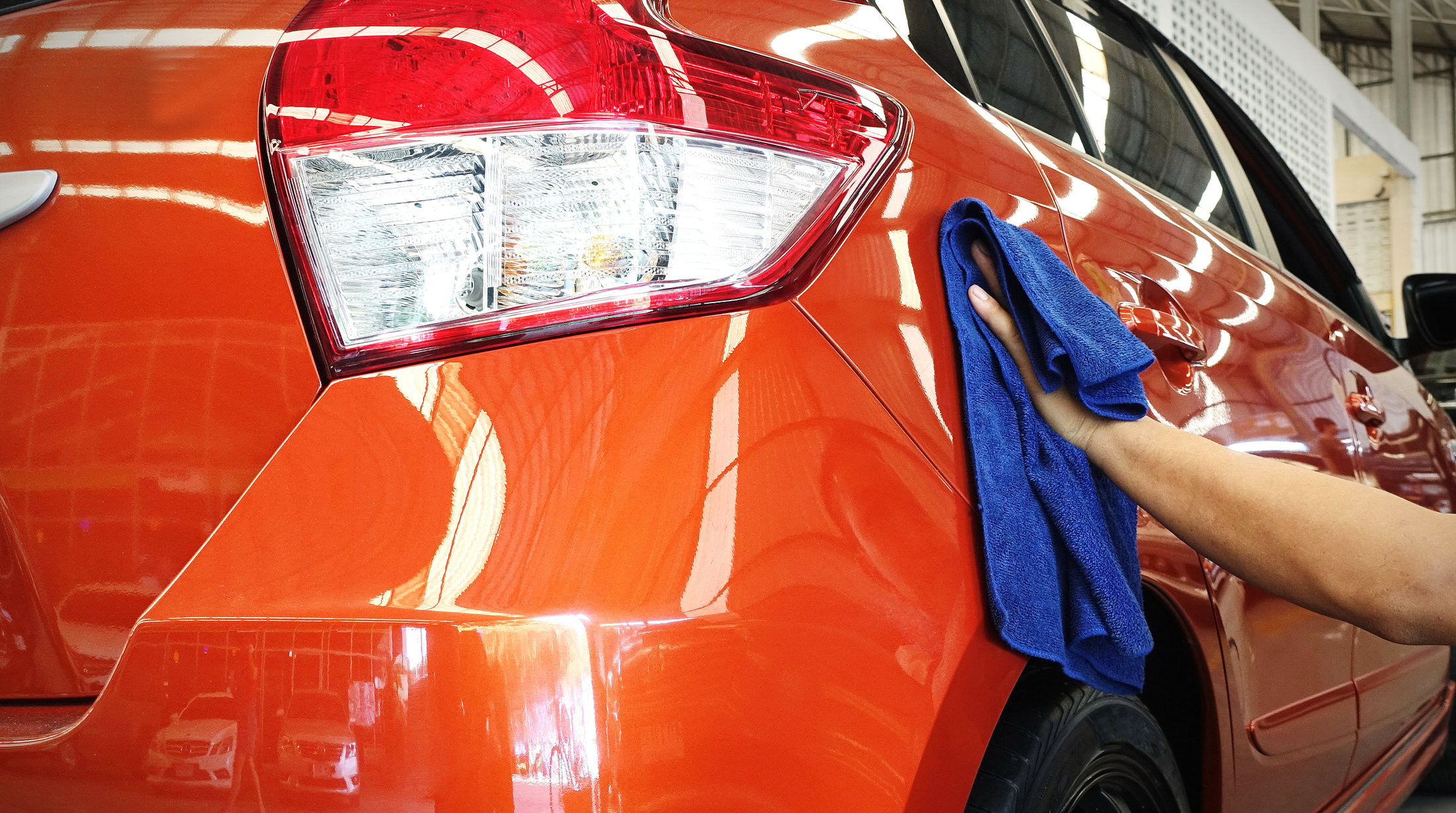
Investing in Paint Protection Film (PPF) is a proactive step towards preserving the pristine appearance of your vehicle. While PPF Charlotte provides a robust shield against various external elements, proper maintenance is crucial to ensure its longevity and effectiveness. In this guide, we’ll delve into the essential practices for PPF maintenance, helping you keep your car shielded and shining for years to come.
- Regular Washing: The Foundation of PPF Care
The cornerstone of PPF maintenance is regular washing. Use a mild automotive detergent or a dedicated PPF cleaner to gently wash the film. Avoid abrasive or harsh cleaners, as they can compromise the integrity of the PPF. A soft microfiber wash mitt or sponge is ideal for cleaning, minimizing the risk of scratching the film.
- Thorough Rinsing: Eliminating Residue and Contaminants
After washing, thoroughly rinse the PPF with clean water to remove any remaining soap or contaminants. Pay extra attention to areas where dirt and debris might accumulate, such as edges and seams. A high-quality rinse ensures that the PPF is free from residues that could affect its clarity and protective properties.
- Patting Dry: Minimizing Friction and Abrasion
When drying your vehicle, avoid using a rough or abrasive towel. Instead, opt for a soft, clean microfiber towel to pat the PPF dry gently. Patting, rather than rubbing, helps minimize friction and reduces the risk of causing micro-scratches on the film’s surface.
- Avoiding Abrasive Compounds: Selecting PPF-Friendly Products
When choosing cleaning and detailing products for paint protection in Charlotte, ensure they are specifically designed for use on paint protection films. Abrasive compounds or harsh chemicals can compromise the self-healing properties of the film and diminish its protective capabilities. Stick to products recommended by PPF manufacturers for optimal care.
- Addressing Contaminants Promptly: Tree Sap, Bug Splatter, and More
Promptly address any contaminants that may come into contact with the PPF, such as tree sap, bug splatter, or bird droppings. These substances can be acidic and, if left untreated, may damage the film. Use a PPF-approved cleaner or a mixture of warm water and mild soap to gently remove the contaminants.
- Inspecting for Damage: Identifying and Addressing Issues
Regularly inspect your PPF for any signs of damage, such as scratches, dings, or punctures. Addressing these issues promptly is essential to prevent further damage to the underlying paint. Minor scratches may heal with exposure to heat, while more severe damage may require professional attention.
- Professional Inspection and Maintenance: Enhancing Longevity
Consider scheduling periodic professional inspections and maintenance for your PPF. Professional installers can assess the condition of the film, identify potential issues, and provide specialized care to ensure its longevity. Professional maintenance may include applying protective coatings or addressing any areas that require attention.
- Protective Coatings: Enhancing and Prolonging PPF Performance
Explore the possibility of applying protective coatings designed for PPF. These coatings can enhance the film’s self-healing properties, add an extra layer of UV protection, and contribute to the overall longevity of the PPF. Consult with professionals to determine the most suitable coating for your specific film.
By incorporating these practices into your regular car care routine, you can ensure that your paint protection film in Charlotte continues to shield your car’s paint, keeping it shining and looking like new. With attention to detail and a commitment to proper care, your investment in Paint Protection Film will pay dividends in the form of a well-maintained and protected vehicle.
